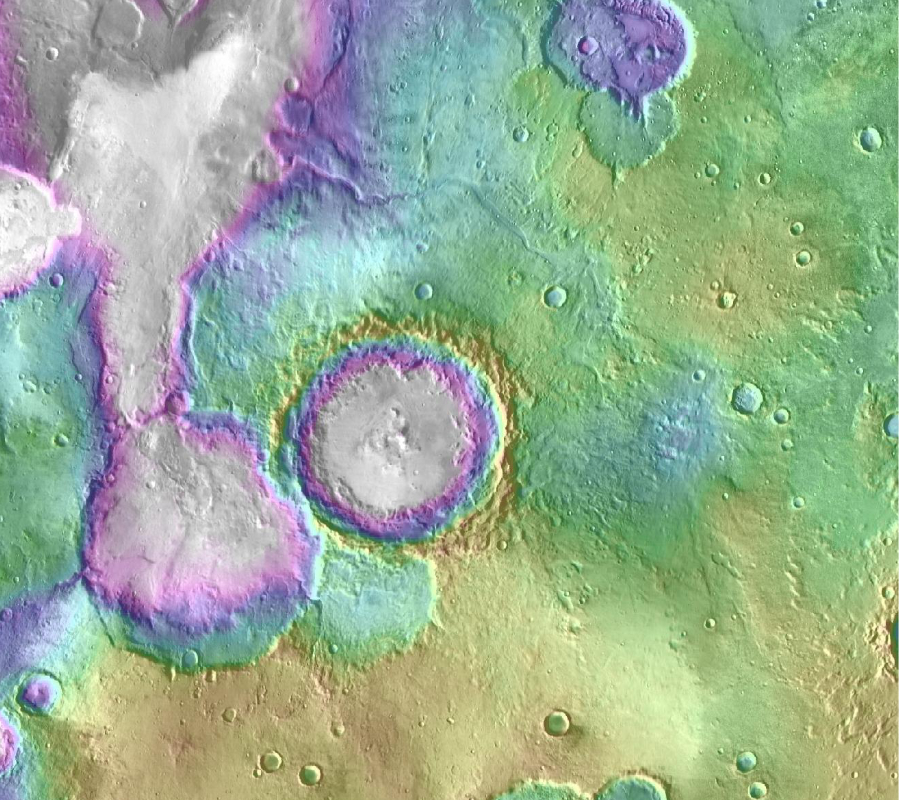Mars had flowing water not so long ago, meaning the Red Planet could have supported life for much longer than it was previously thought. A new study suggests several lakes, including one bigger than several of North America’s Great Lakes, were formed just 2 to 3 billion years ago.
The paper mentions the water did not come from rain but from snow, which matches with the cold atmosphere scientists know is predominant on Mars. The study was published in the Journal of Geophysical Research, Planets. Authors mapped the extent of steam-flow in fresh valleys and their associated former lakes. The new findings led scientists to get an insight into the climate history of the Red Planet and suggest that life could have been suitable on its surface.

The lead author of the research, Sharon Wilson of the Smithsonian Institution, Washington, and the University of Virginia, Charlottesville, stated they discovered valleys that carried water into lake basins. She added several basins filled and overflowed, meaning there was a considerable amount of water in Mars during that time.
The evidence of the liquid state of the lakes was found in the Red Planet’s northern Arabia Terra region. The Context Camera and High-Resolution Imaging Science Experiment camera on the Mars Reconnaissance Orbiter took images that later were analyzed to get to study conclusions.
Additional data from NASA’s Mars Global Surveyor and the European Space Agency’s Mars Express was analyzed in the paper. Scientists started with age estimates for 22 impact craters in the area to determine the period when the fresh water flowed in the valleys in Arabia Terra.
Researchers assessed if the valleys carved into the blankets of surrounding debris ejected from the craters to know if the valleys are older or younger than the craters.
Researchers also noted they found similar valleys between 35 and 42 degrees latitude, both north and south of the equator. This evidence suggests that the flowing rivers and lakes were formed on a global scale rather than a local or regional scale.
All the analysis showed that the wet period on Mars occurred two to three billion years ago, long after the planet’s atmosphere was lost making Mars a cold world that froze the water on the surface.
Water on Mars came from snow: What melted the snow?
The study suggested the water came from snow and not from rain, but scientists do not know what heated up the snow to form the giant lakes. One possibility is a shift in Mars’ axial tilt, which resulted in greater illumination of the ice caps that reflect the sun’s radiation, according to scientists.
It is essential to understand where liquid water was present on the Red Planet and determining if there was enough to alter the Martian surface to provide habitable environments, said Mars Reconnaissance Orbiter Project Scientist Rich Zurek of NASA’s Jet Propulsion Laboratory in Pasadena, California.

Source: NASA’s Jet Propulsion Laboratory
